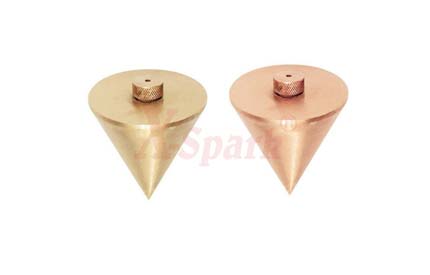Although iron is in its original form, since the Bronze Age began, with meteor iron. It was found and used as a tool, such as a hammer. It was not until 1200 BC that iron was correctly extracted and used to make tools and weapons. Making old bronze hammers and equipment obsolete. The shape of the hammer began to evolve at this stage in history. There are round noodles, facets, trimmings, embossing, and so on. In the new hammer type, the claw head is used to recover bent or damaged nails for re-smelting. This also means that you can reuse precious iron or bronze nails.
The discovery of steel is the emergence of modern hammers and tools. It comes from an embryonic oval stone that was unrecognizable 3 million years ago. It was originally created around 1800 BC, but it was correctly spread around the world in the 11th century. By the 16th century, with the birth of today's steel manufacturing standards, this process was improved and strengthened.
From the 1500’s the development of industry brought about the development of hammers. During this period, the types of hammers and their nuances were developed and tested to make different hammers, ideal for each job. Build carriages, build houses, bricklayers, blacksmiths, masons, miners, and any other number of jobs.
The next hammers produced were "forged" by the Industrial Revolution that began in 1760 and 1870. The explosion of industry and the need for tools were created to repair and maintain new machinery. Hammers are also mass-produced so that they are all similar and must be produced to the same standard. These processes also mean that wood, rubber, copper, lead, brass, animal skins, and bronze hammers and mallets are easier to manufacture and more popular. With the emergence of these new industries, customized hammer products have emerged, such as large-scale mobile and handling equipment.
With the advent of the new century, new materials appeared in the 1900s; Bakelite, casein, and new metal alloys meant that the hammer surface and handle could be used in a new and different way. With the development of physics to explain why the hammer can work, people have learned to make it more efficient at work, so the development of the hammer has been progressing, along with its aesthetics. This is the modern hammer we see today, manufactured by companies such as Stanley, Thor, and Estwing all of which were founded in the early 1920s. These commercial companies basically created the complex hammers that we still see today, from the invention of huge steam or electric hammers to the smallest archaeological hammers or surveyor’s hammers.
We are hammer suppliers. If you are interested in our products, please feel free to contact us.

评论
发表评论